Tubers: What are they? [Types, Planting and Irrigation]
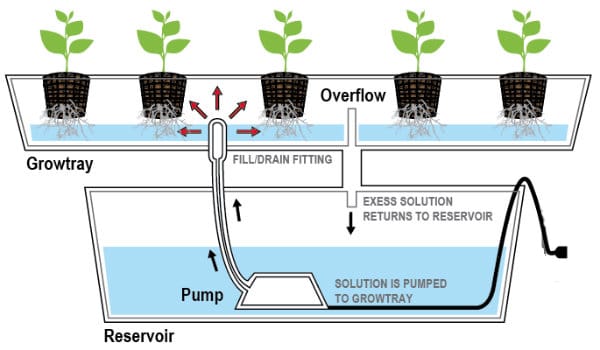
Tubers are one of the most consumedtypes ofin the world.
You may know them more by name likepotato or yam.
They are very nutritious and contain high amounts of complex and slow-absorbing carbohydrates. And they are generally quite easy to grow.
NextLet’s review about:
- The characteristics of the tuber.
- The types there are.
- What should we take into account when planting them?
- The pests and diseases that affect them.
- Finally a bit of history.
Keep reading if you want to know more about tubers!
What are tubers?
 According to the Botanical Online portal (2018), tubers are a type of root vegetables that usually differ from the rest, because they have their characteristic thickened stem.
According to the Botanical Online portal (2018), tubers are a type of root vegetables that usually differ from the rest, because they have their characteristic thickened stem.
They are generally underground and contain a series of scales that produce buds, from which shoots or stems arise that give rise to new plants.
In addition, the tubers accumulate a reserve substance consisting mainly of starch.
Most of the tubers that are consumed daily, provide a large number of nutrients and health benefits. This contribution is usually represented by minerals and vitamins, so that they are ideal for maintaining a balanced diet.
List and Types of Tubers [Examples]
The tubers have a particularity: their thick root, which makes them a component within the group of vegetables.
That is why below you have a list of the types of tubers on the market according to botany experts:
potato or potato
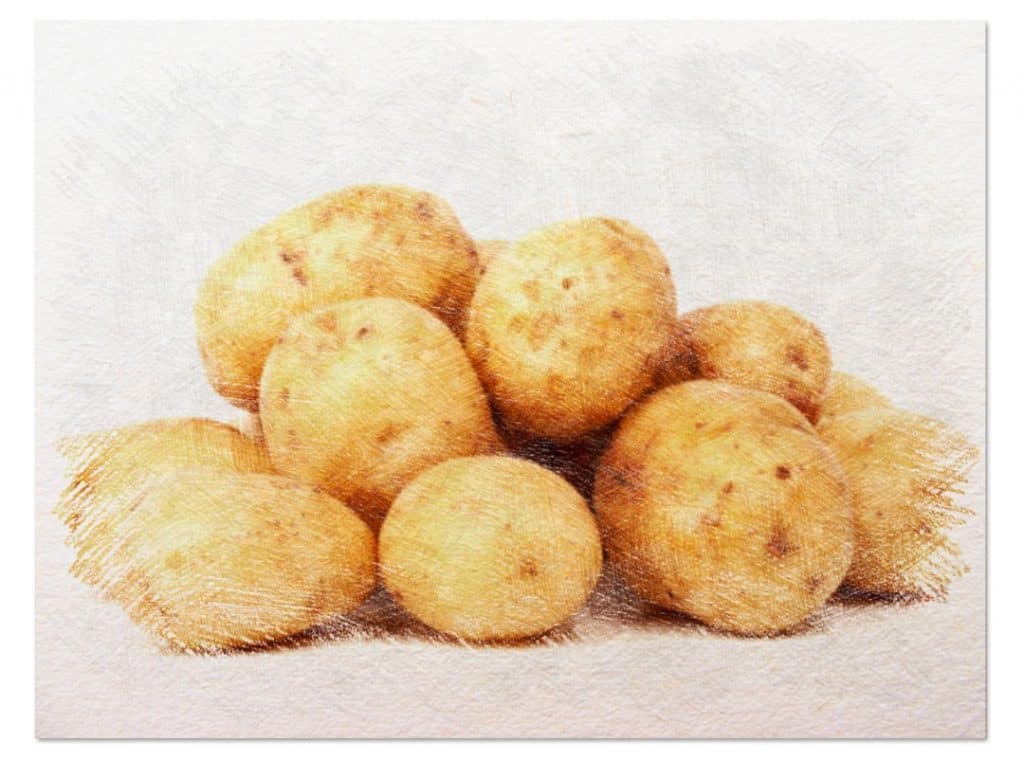 Perennial type herbaceous plant, with straight stems that measure around 60 centimeters in height.
Perennial type herbaceous plant, with straight stems that measure around 60 centimeters in height.
It is an edible tuber, rich in vitamins and minerals; It is a good source of vitamin C in winter times.
Additionally, it contains potassium, iron, B vitamins, thiamin, niacin, magnesium, phosphorus, folic acid, and phytochemicals. However, its main use derives from being a rich source of carbohydrates, starch and glucose.
To know more: How to plant Potato
Cassava or cassava
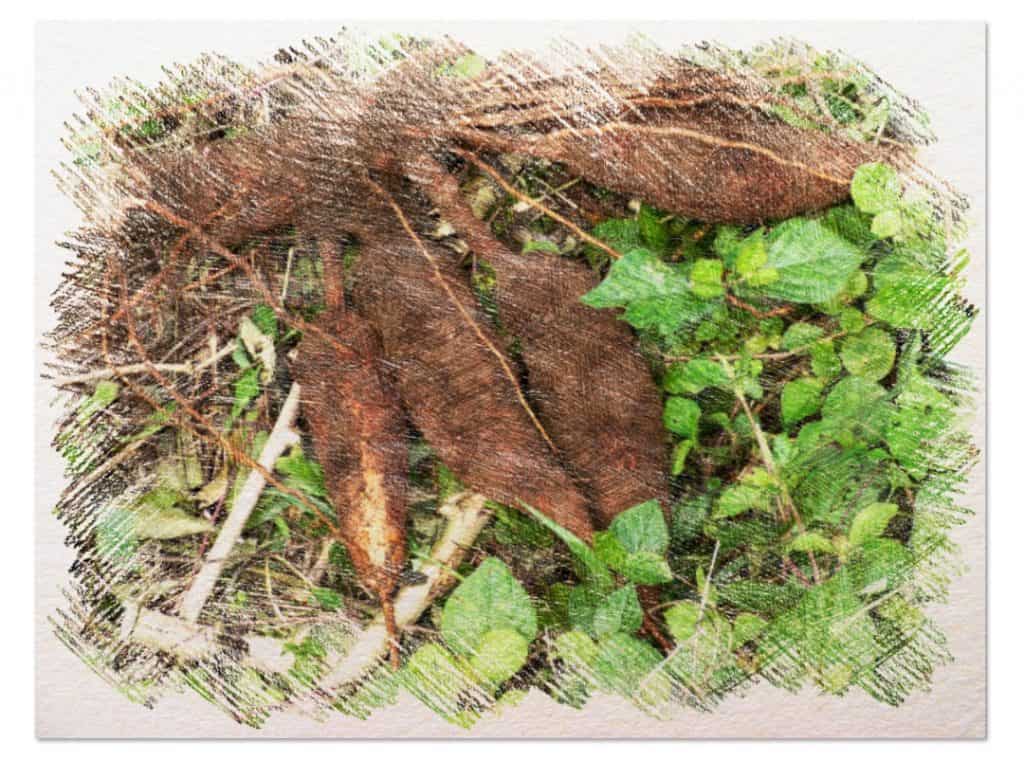 It is a type of tuberous root from a perennial shrub. It measures between 1 and 3 meters high.
It is a type of tuberous root from a perennial shrub. It measures between 1 and 3 meters high.
It has thin stems that show the scars of its previous leaves. These, located in the upper part of the stems, are lobed. What stands out most about this plant are its enormous tuberous roots.
Cassava is rich in complex carbohydrates (mainly starch), as well as fiber, vegetable protein, vitamins A, B2, B3, B6, B9 (folic acid), C, K, and minerals such as potassium, magnesium, phosphorus, calcium, iron and sodium.
To know more: How to sow Yam
Sweet potato, sweet potato or sweet potatoes
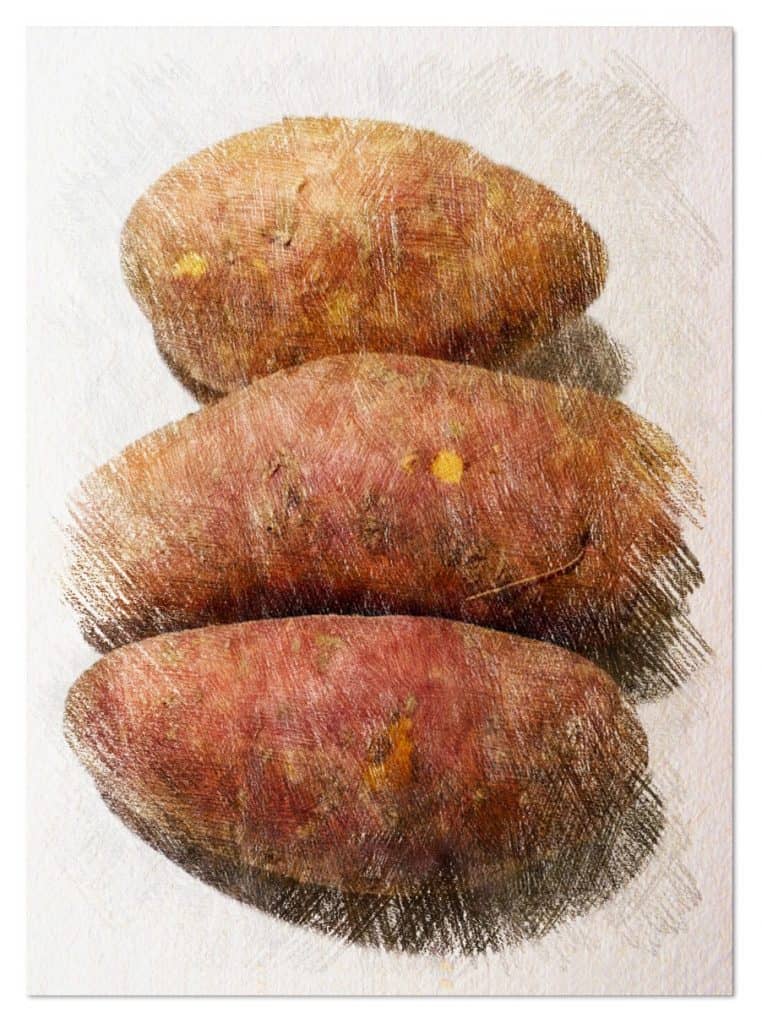 It is also a type of tuberous root and they are vines.
It is also a type of tuberous root and they are vines.
Its roots produce a brown edible tuber with yellowish flesh, which contains many carotenoids.
Its stem is green or purple, with pubescence, and can be between 1 and 8 meters long. Its leaves are simple, oval, and have entire margins and petioles.
The tuber is very healthy because it provides easy-to-digest energy for the body, in the form of starch. It stands out for being a food very rich in beta-carotene, vitamin E, potassium and folic acid.
To know more: How to plant Sweet Potato
Yam
 It is a herbaceous plant characterized by green and flimsy, fickle stems, 3 to 4 meters long, with large heart-shaped leaves, small white, greenish-yellow or green flowers in spikes; its root is large and tuberculous.
It is a herbaceous plant characterized by green and flimsy, fickle stems, 3 to 4 meters long, with large heart-shaped leaves, small white, greenish-yellow or green flowers in spikes; its root is large and tuberculous.
Yam is rich in carbohydrates, proteins, vitamins C and B1; it supplies a substantial part of the manganese and phosphorus needs in adults, and to a lesser extent also copper and magnesium.
To know more: How to sow Yam
Goose or Ibia potato
It is a herbaceous that measures between 20 and 30 cm high; it has succulent stems, trifoliate leaves, and yellow flowers.
It has tubers that measure from 5 to 15 cm long, which have very varied shapes and colors.
It has a great nutritional richness, providing carbohydrates, calcium, phosphorus and iron. It is also used as starch.
Ginger
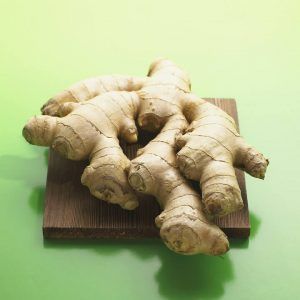 The Greeks ate ginger wrapped in bread totreat digestive problems.
The Greeks ate ginger wrapped in bread totreat digestive problems.
Eventually, ginger was used as an ingredient in the famous bread that bears its name.
Also…
According to Ayurveda (or traditional Indian medicine), ginger is considered to bea universal drug and a medicinal tuber.
With spectacular nutritional qualities, ginger is also a tuber widely used in different parts of the world.
To know more: How to plant Ginger
Turmeric
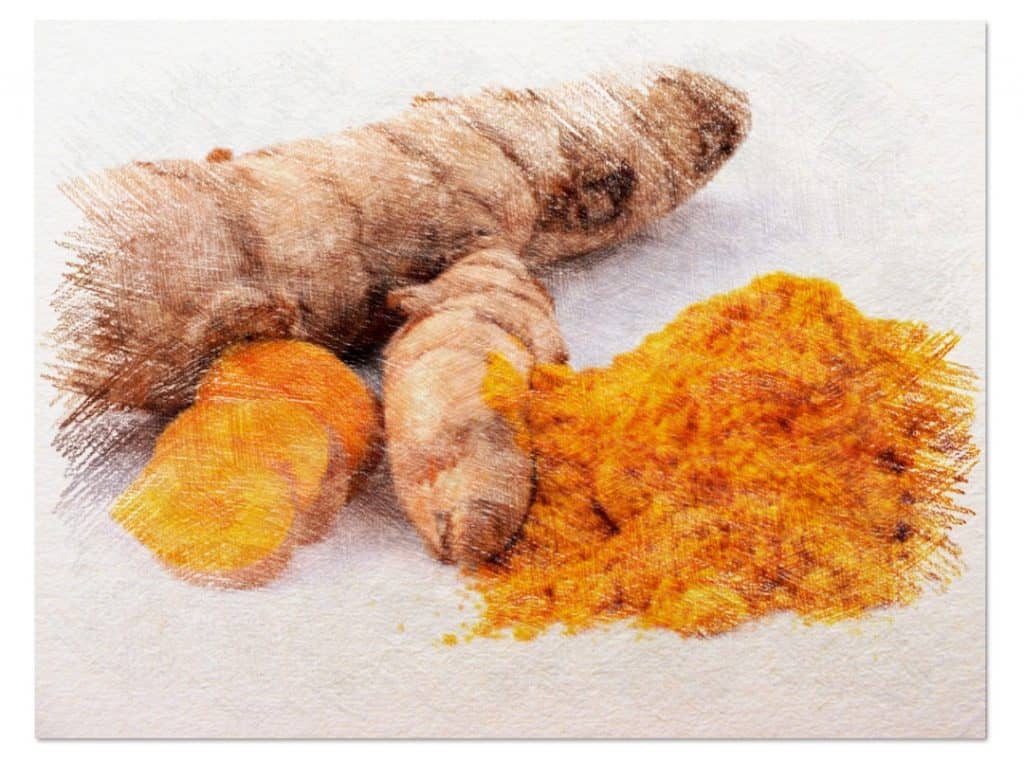 It is not certain that it can be considered a tuber.
It is not certain that it can be considered a tuber.
However, what it does seem is that it has excellent beneficial properties and is a great condiment to spice up our meals.
Turmeric is a plant native to India, but it can live in other places with hot climates.
It is used as a condiment in Hindu cuisine as well as for religious celebrations. However, numerous benefits are attributed to it when consumed regularly and therefore it is considered a medicinal plant.
To know more: How to plant Turmeric
Chufa
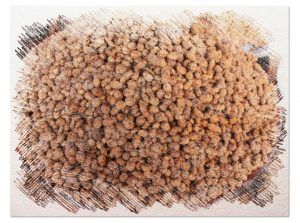 The tiger nut is a tuber that has recently been considered a superfood. Well, not recently. Already in ancient Egypt it was believed to have miraculous properties.
The tiger nut is a tuber that has recently been considered a superfood. Well, not recently. Already in ancient Egypt it was believed to have miraculous properties.
It grows in sandy soils and needs a good supply of organic matter. Just as it is essential to keep the soil moist.
In general, the cultivation of tiger nuts is not easy. However, if the proper steps are followed, there should be no problem because they are not very vulnerable to environmental factors (something that we do not control).
To know more: How to plant Chufa
Cyclamen
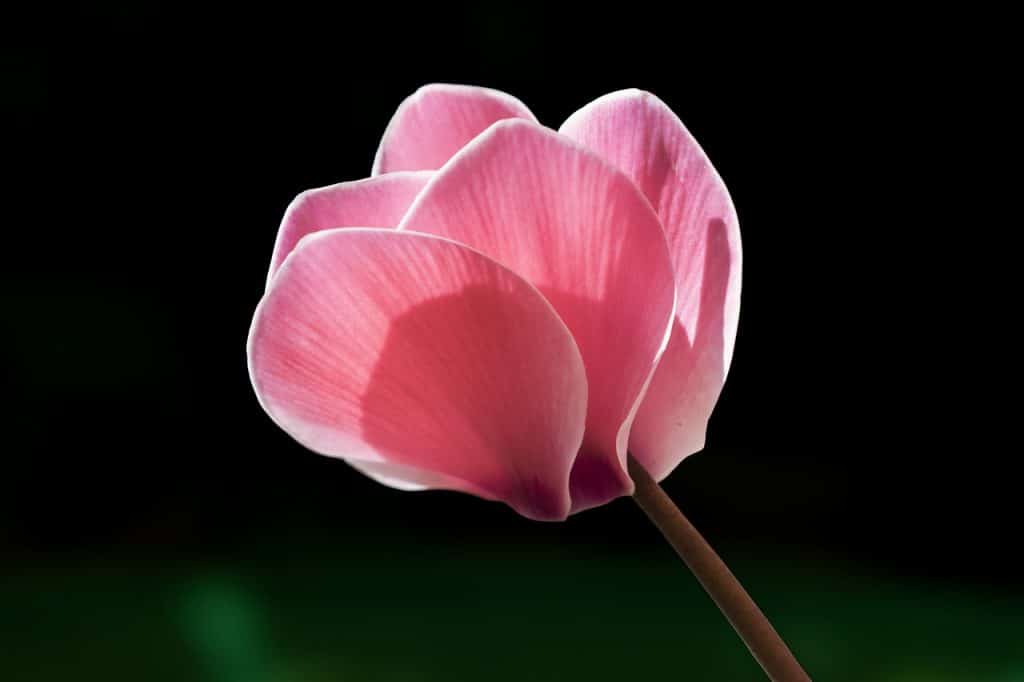 The Cyclamen or cyclamen, is a wonderful tuber plant that blooms spectacularly in winter. It does not present woody organs and for this reason it is considered herbaceous and perennial.
The Cyclamen or cyclamen, is a wonderful tuber plant that blooms spectacularly in winter. It does not present woody organs and for this reason it is considered herbaceous and perennial.
Its tubers can be rooted on the surface or only at the base.
Its fleshy leaves with a long petiole, have a mottled green color on the upper side and green or purple on the underside. But flowers are her greatest treasure.
They have large petals and are characterized by their chromatic variety. They are from white to pink, purple and give off a very pleasant attractive smell.
Turnip or Kohlrabi
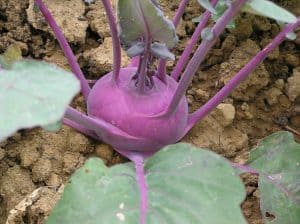 The Nabicol, Kohlrabi or Brassica naprobrasicca, as its name indicates, is a hybrid cruciferous tuber that emerged from the cross between the turnip and cabbage is/cabbage/»> cabbage or cabbage, thanks to cultivars from Europe and North America.
The Nabicol, Kohlrabi or Brassica naprobrasicca, as its name indicates, is a hybrid cruciferous tuber that emerged from the cross between the turnip and cabbage is/cabbage/»> cabbage or cabbage, thanks to cultivars from Europe and North America.
It can reach about 25 centimeters in height and is capable of expanding or extending by about 35 centimeters, with a root 10 centimeters in diameter and 10 in depth.
It has various culinary applications. Its leaves and roots are used with the same treatment in gastronomy, given to spinach and chard, it is used in salads, baked goods and the tuber is also used as a worthy substitute for potatoes.
And it boasts high nutritional properties that favor the strengthening of the immune system and prevent the appearance of serious diseases such as cancer, thanks to a high content of vitamins, especially C, minerals and other very powerful nutrients.
Planting the tubers
When planting tubers, the first thing to check is that the soil must be clean, aerated, without holes or clods, and with homogeneous aggregates: all with the aim of promoting root development and reducing parasite attacks.
Then follows the planting, and it will vary according to the areas in which the tuber is going to be planted.
The depth to sow should be between 7 and 8 cm,and planting can be done manually or mechanized, using whole tubers or parts of them.
It is advisable to plant them whole, but if you decide to chop them, this should be done in two portions, with a clean cut, trying to make both parts equal in both size and number of buds.
What type of irrigation uses the cultivation of tubers?
As far as water is concerned, tubers are very demanding (except cassava).
From the moment of sowing, the water state of the soil has an influence on the entire evolution of the crop; he lack of water is very harmful since the drought and arid climate favor the spread of pests and diseases.
Sprinkler irrigation is usually the most recommended because the tubers need constant availability of water in the soil, but at the same time they require that it be well drained to avoid prolonged stagnation.
Another good option, as always, is thedrip irrigation (which we recommend).Due to its ability to keep water moist, but prevents the soil from flooding.
How often should it be watered?
It is advisable to water at night to minimize the evaporation of water by the sun.
However, the continuity and periodicity of irrigation is defined by factors such as the topography of the field, the quality and nature of the soil, the climate, the temperature, the level of sun exposure or the seasons.
It is up to the farmer to study these factors thoroughly in order to define the frequency of irrigation.
Main pests and diseases in tubers
The main pests and diseases in tubers are:
Beetle
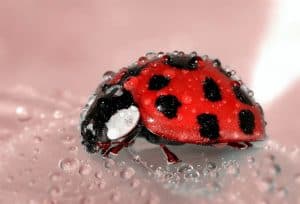 It is a beetle.
It is a beetle.
It has an oval shape, being yellowish in some parts and reddish in others, with black spots and stripes. It can destroy the leaves, shoots and young stems, leading to the stoppage of tuber development.
anthracnose
 Anthracnose is a fungus that attacks many crops and fruit trees. It proliferates thanks to humidity, because it is easy for it to come out if there is a time when it rains a lot.
Anthracnose is a fungus that attacks many crops and fruit trees. It proliferates thanks to humidity, because it is easy for it to come out if there is a time when it rains a lot.
We can identify it with the black spots that appear on the leaves and even small holes.
To eliminate anthracnose, it is best to carry out a good pruning with disinfected tools and also spray with some natural fungicide.
wire worm
They measure around 20 mm in length and have a hard cuticle that gives them some rigidity.
The worm hibernates in the deep layers of the soil and in spring reaches the root zone. The attacked tubers present small cavities.
gray worms
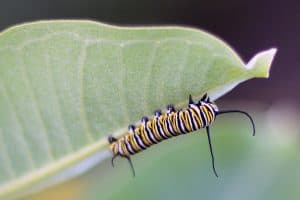 The adult lays eggs in spring on leaves, weeds, or the ground.
The adult lays eggs in spring on leaves, weeds, or the ground.
The larva is about 4 mm long, feeds at night destroying the stem area, causing the plant to die quickly.
aphids
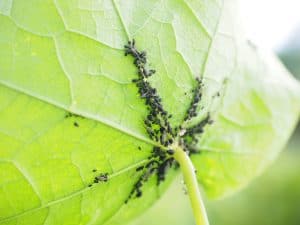 They reproduce frequently on crops, although they may or may not coexist in the same area.
They reproduce frequently on crops, although they may or may not coexist in the same area.
In addition to the damage they cause by sucking the sap from the plants, they also cause the appearance of sooty mold: a fungus that uses the plant as a base and removes photosynthetic surface, in addition to staining and reducing the commercial value of the fruits.
nematodes
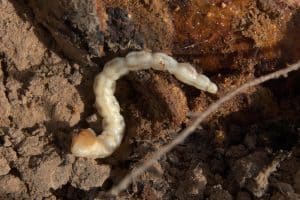 They are small-sized worms, invisible to the naked eye, that feed at the expense of the root system.
They are small-sized worms, invisible to the naked eye, that feed at the expense of the root system.
Much of its life cycle is spent on the plant, resting temporarily on the ground.
They produce the weakening of the plant, giving rise to dwarfism, yellowing of the leaves (chlorosis) and decreased production.
fleas
They are beetles between 2 and 4 mm in length.
They lay their eggs at the base of the stems, so their larvae develop in the soil, feeding on roots and sometimes tubers.
leaf miners
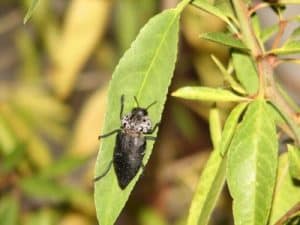 The damage is caused by diptera miners, yellow and black in color. It is a very dangerous pest, since it feeds on the plant that serves as its host.
The damage is caused by diptera miners, yellow and black in color. It is a very dangerous pest, since it feeds on the plant that serves as its host.
They carve galleries in the leaves, inside which they carry out the larval moult and nymphosis.
mildew or late blight
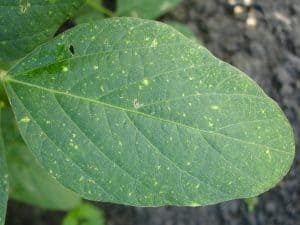 It is the disease that most affects the cultivation of tubers, producing the greatest economic losses in the world.
It is the disease that most affects the cultivation of tubers, producing the greatest economic losses in the world.
The infection occurs when temperatures drop and humidity increases, and manifests itself through green spots located near the edges of the leaflets, which turn black and spread towards the stem.
Scabies
It is considered a conservation disease, but the contamination of the tubers occurs before harvest.
This fungus is transmitted through infected seeds and through the soil. Affected parts are recognizable by a silvery sheen, especially if the tuber is washed.
botrytis
This disease appears in conditions of cool temperature and high humidity.
It is more serious in seedbeds, especially if the planting density is high.
It produces a necrosis surrounded by a pale green halo in the upper part of the leaves that extends to the flowers, causing their detachment.
Nectria radicicola
It is a disease that develops on the surface of tubers and causes plant decomposition during germination.
Ralstonia solanacearum
This bacterium causes wilting, stunting and yellowing of foliage at any stage of crop development.
history of tubers
The American continent is one of the centers where cultivated plant species such as potatoes, corn, cassava and beans have originated and been domesticated, contributing to the world’s food supply.
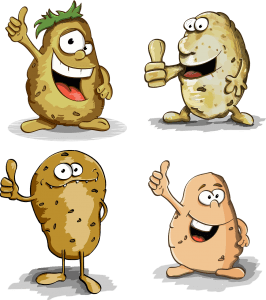 In the case of tubers, it is important to mention that these have their domesticated origin in the Andes thousands of years ago and since then they have been part of the eating patterns of the Andean people.
In the case of tubers, it is important to mention that these have their domesticated origin in the Andes thousands of years ago and since then they have been part of the eating patterns of the Andean people.
These species are associated with altitude, they are cultivated in small areas under traditional production systems and in difficult conditions, but they are essential to ensure food diversification and the sustenance of populations.
Therefore, the reasons to promote the production, conservation and use of these tubers are based on nutritional, ecological and socio-economic foundations, since over the years they have continuously contributed to the food security of the inhabitants, being part of their culture and social expressions.
One of the world’s most prominent tuber crops is the potato, which ranks fourth in importance in terms of global production value after wheat, rice, and maize.
Today it is grown in various countries with temperate and tropical climates throughout the world; however, along with this tuber, others have been produced such as yams, cassava and oca, which also contribute to the population’s diet.
Are tubers a food?
Undoubtedly, tubers have been, are and probably will be an important source of food for humanity.
Who does not know one of the most famous and consumed tubers such as the potato? In addition to the versatility it provides us in the kitchen.
Why have they always been so present in our diet?
Tubers have been present in our diet since we went from hunter gatherers to farmers and ranchers.
The main reason is that they are relatively easy to grow, multiply easily and provide a good amount of nutrients (especially carbohydrates).
What tubers are edible?
Below is a list of edible tubers, many of which you will already know
- Arracacha (Arracache).
- Sweet Potato (Sweet Potato, Sweet Potato).
- Chago (Mauka, Miso).
- Parsnip.
- Kohlrabi (Nabicol).
- Turmeric.
- Daikon (Japanese radish).
- Ginger.
- Jicama (Pelenga).
- Malanga.
- Mashua (Cubio).
- Turnip (Cabbage, Rapeseed, Turnip).
- Goose.
- Olluco
- Potato.
- Maca root.
- Beetroot (Beetroot).
- Radish.
- Salsify.
- Jerusalem artichoke.
- Yacon.
- Yucca.
- Carrot.
- Yam.
- Chinese Yam.
Reference sources and bibliography
- Agricolum (2016). Importance of potato irrigation in each growth phase.
- Agrosiembra.com (2018). How to sow?
- Bioencyclopedia (2015). dad.
- Botanical Online (2018). Characteristics of Sweet Potatoes.
- Botanical Online (2018). The Tubers.
- Botanical Online (2018). Medicinal Properties of B a tata, Sweet Potato and Sweet Potato.
- Cadima, Ximena (2006). Tubers.

![Photo of How to Prune an Apple Tree: [Complete Guide]](https://www.complete-gardening.com/wp-content/uploads/2022/08/how-to-prune-an-apple-tree-complete-guide.gif)

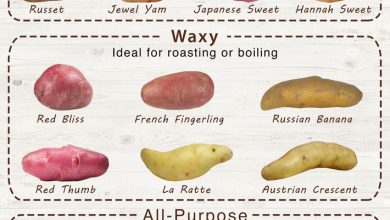
![Photo of Cucurbitaceae: [Concept, Characteristics and Examples]](https://www.complete-gardening.com/wp-content/uploads/2022/08/cucurbitaceae-concept-characteristics-and-examples-354x220.jpg)